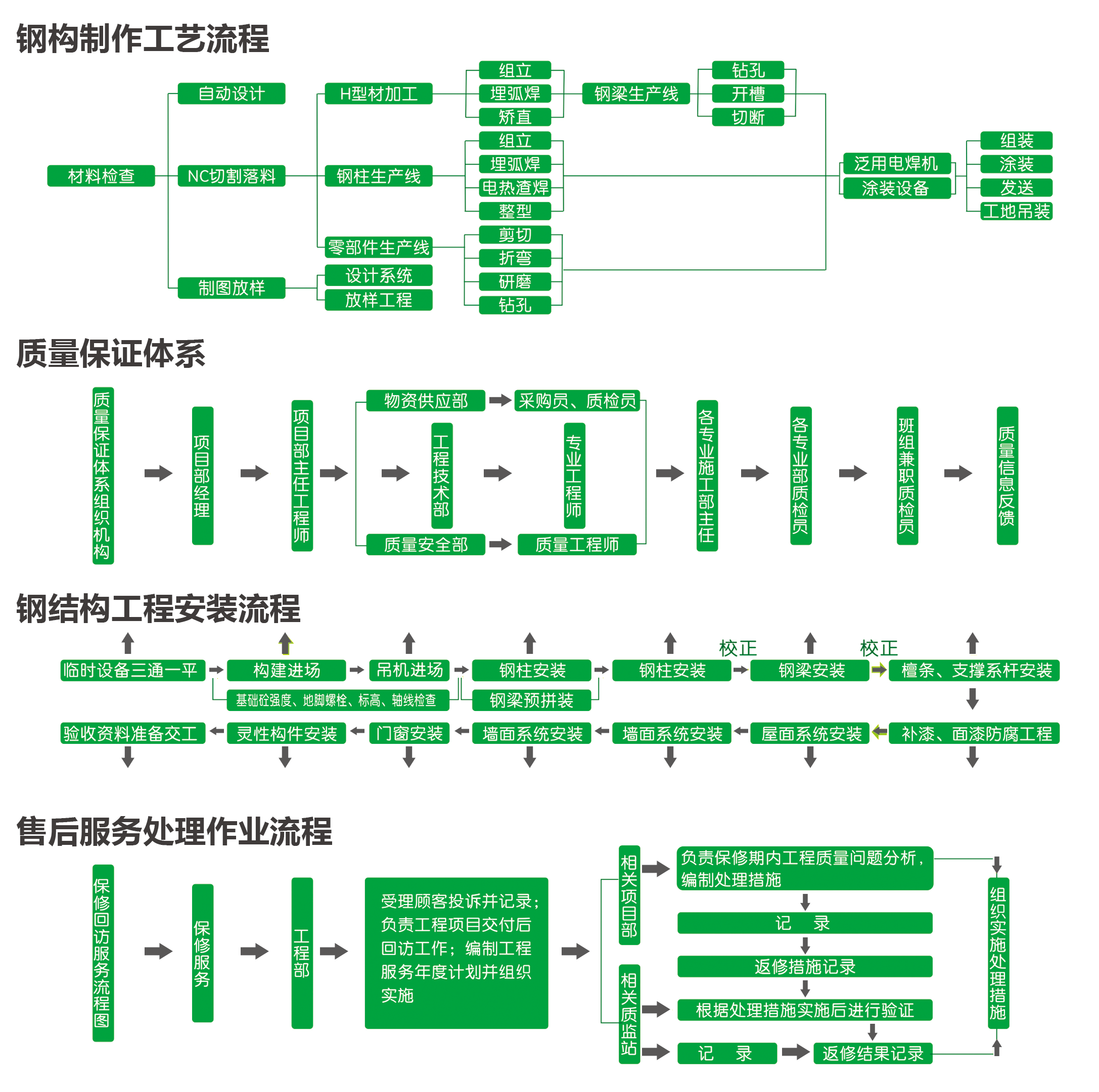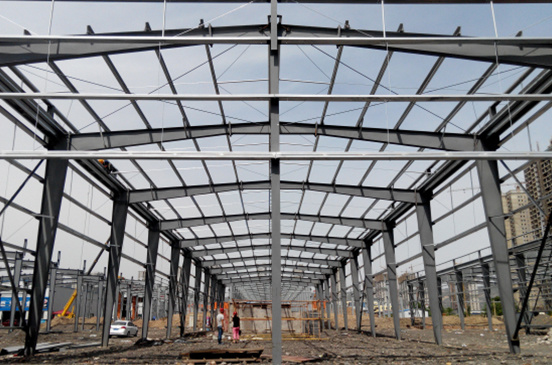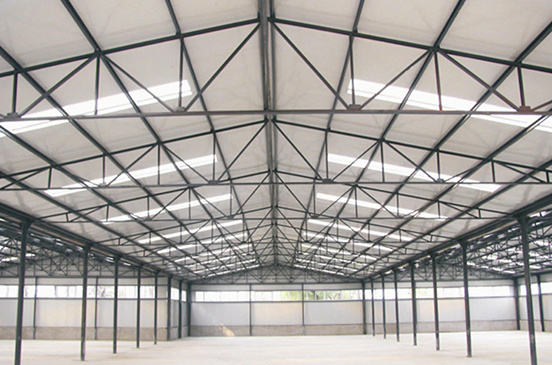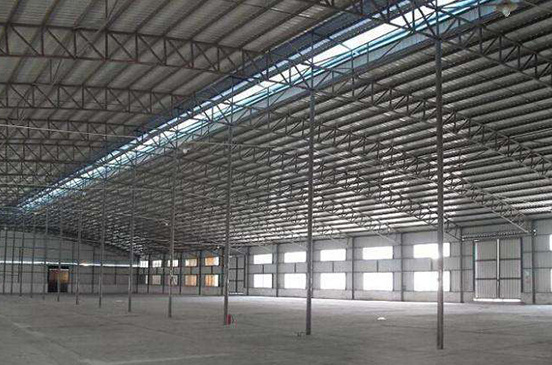
Truss steel structures, as an important structural form in modern engineering, play an irreplaceable role in numerous projects such as buildings, bridges, and large-span spatial structures due to their unique mechanical properties and structural characteristics. Through reasonable member arrangement and connection, it efficiently transfers loads, providing reliable support and assurance for engineering construction.
Performance Advantages
Lightweight, strong spanning ability: Truss steel structures, with their efficient force system, maintain a relatively light structural self-weight while achieving large spans. Through reasonable optimization of member arrangement and cross-sectional dimensions, the needs of large spaces can be met with a relatively small amount of material. In some large exhibition center projects, the roof using truss steel structures can easily span spaces of over 100 meters, providing a wide column-free space for internal exhibitions and activities, while reducing the burden on the lower support structure and lowering the foundation cost.
Reasonable force, high economy: Because the members are mainly subjected to axial force, the mechanical properties of the steel are fully utilized, avoiding material waste due to bending stress. Compared with traditional solid-web steel beams and other structural forms, under the same span and load conditions, truss steel structures can save 15% - 30% of steel, significantly reducing engineering costs. In addition, the standardization and modularization of truss structures facilitate factory production and on-site assembly, further improving construction efficiency and reducing construction costs.
Flexible modeling, wide adaptability: Truss steel structures come in various forms and can be flexibly designed according to architectural functions and appearance requirements. They can be designed as simple and regular straight truss structures to meet the practical needs of industrial buildings; they can also create curved, uniquely shaped truss structures to add unique visual effects to cultural and artistic buildings. In some landmark buildings, truss steel structures, through clever design, become iconic city landmarks while meeting the complex spatial usage requirements of the building's interior.
Easy installation and maintenance: The components of truss steel structures can be prefabricated in the factory and then transported to the site for installation, making the installation process relatively simple. The components are connected by bolts or welding, allowing for quick and accurate assembly. In terms of later maintenance, because the members and nodes of the truss structure are relatively independent, they are easy to inspect and repair. When a problem occurs with a certain member, it can be easily replaced without affecting the normal use of the overall structure, reducing maintenance costs and difficulty.

Broad prospects. Currently, the goal of China's construction industry development is to improve the overall quality of the construction industry, the level of industrial production and technological equipment, to achieve strong competitiveness in the international construction market, and to fully utilize the leading role of the construction industry in driving national economic growth and structural adjustment. By 2010, the construction industry will become a truly pillar industry of the national economy. For the construction industry to drive the development of related industries, accelerating the development of steel structure engineering is a very important aspect. Steel structure systems have comprehensive advantages such as light weight, easy installation, short construction cycle, good seismic performance, fast investment recovery, and less environmental pollution. Compared with reinforced concrete structures, they have unique advantages in terms of "high, large, and light" development.

Truss steel structure
Category:
Other content
Triangular truss steel structure









